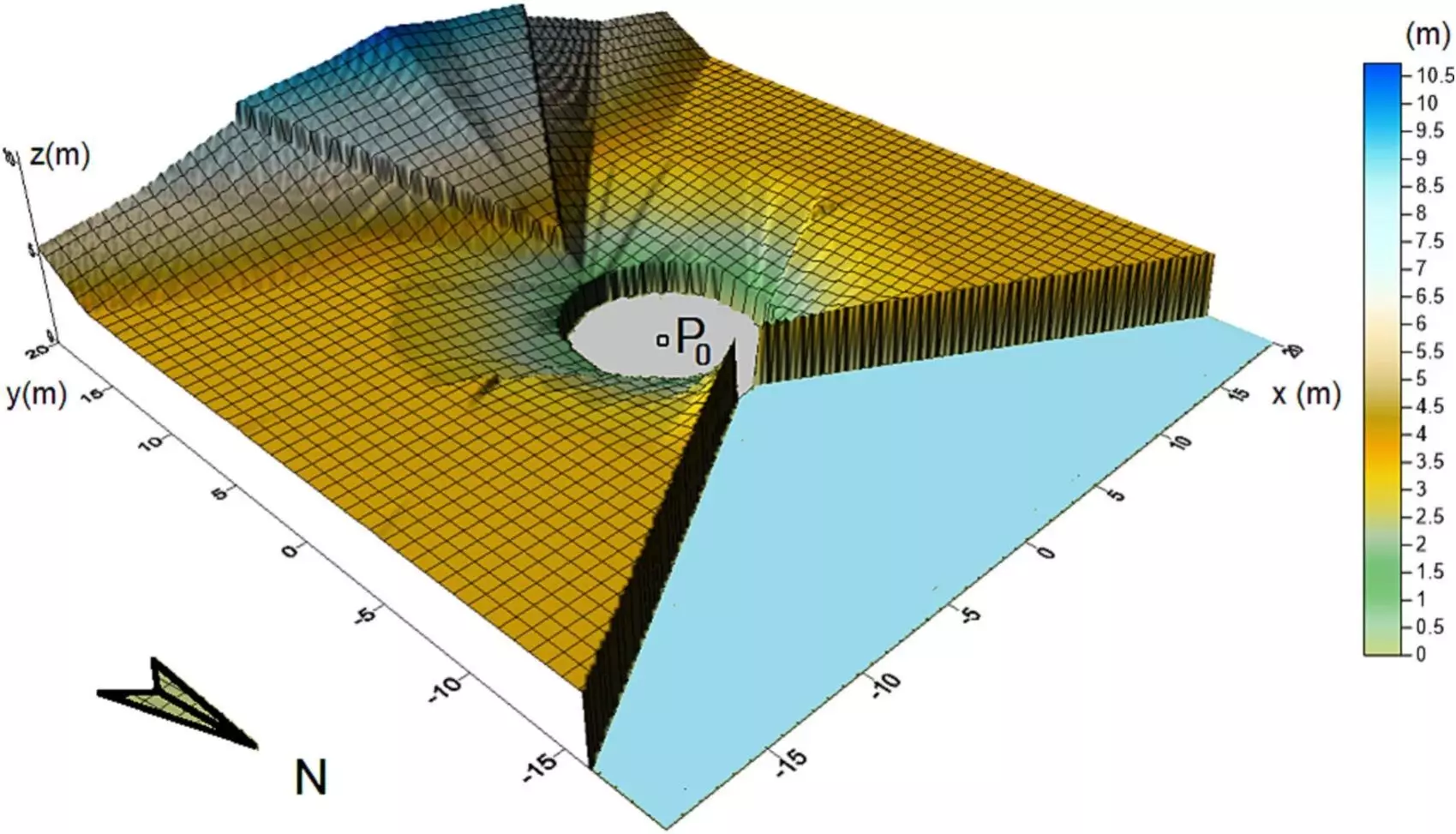The conflict between the use of land for sustainable energy production and traditional agricultural practices has become a pressing issue in today’s world. As the demand for renewable energy sources increases, finding ways to integrate solar panels and agricultural production has become a topic of discussion in both cultural products and academic research. Agrivoltaics, which involves the shared use of land for agricultural and photovoltaic production, is emerging as a potential solution to this conflict.
A recent study conducted by the TEP215-Physics for Renewable Energies research group at the University of Cordoba has made significant strides in developing a methodology for defining the cultivable space between two-axis photovoltaic modules. The aim of this research is to promote the conversion of existing plants to agrivoltaic production, thereby enhancing the sustainability of large-scale photovoltaic installations. The methodology devised by the research team enables the identification of areas within photovoltaic plants where crops could be grown without hindering the movement of solar panels or reducing photovoltaic production.
The researchers based their methodology on a theoretical simulation of solar astronomy and the spatial geometry of photovoltaic plants equipped with two-axis solar panels. By taking into account the movement of the sun and the potential shadows cast by the panels, the team was able to determine the cultivable areas within existing photovoltaic installations. Utilizing an actual installation in Cordoba as a case study, the model revealed that 74% of the land between panels was suitable for cultivating crops less than 1.4 meters in height.
The development of this methodology represents a significant advancement in the implementation of agrivoltaics and the sustainable use of existing large-scale photovoltaic plants. By combining photovoltaic and agricultural production, it is possible to create a win-win situation where both energy production and crop cultivation can be enhanced. Moving forward, the researchers emphasize the importance of refining and adjusting parameters to apply the model to other existing plants and understand the potential for transitioning to agrivoltaic practices.
The integration of sustainable energy production and agricultural practices through agrivoltaics presents a promising solution to the ongoing conflict between land use for energy and food production. The research conducted by the University of Cordoba’s TEP215-Physics for Renewable Energies research group sheds light on the possibilities of combining these two sectors for mutual benefit. As efforts continue to advance agrivoltaics, it is essential to establish legislation and conduct field trials to further explore the potential of this innovative approach to land use.


Leave a Reply